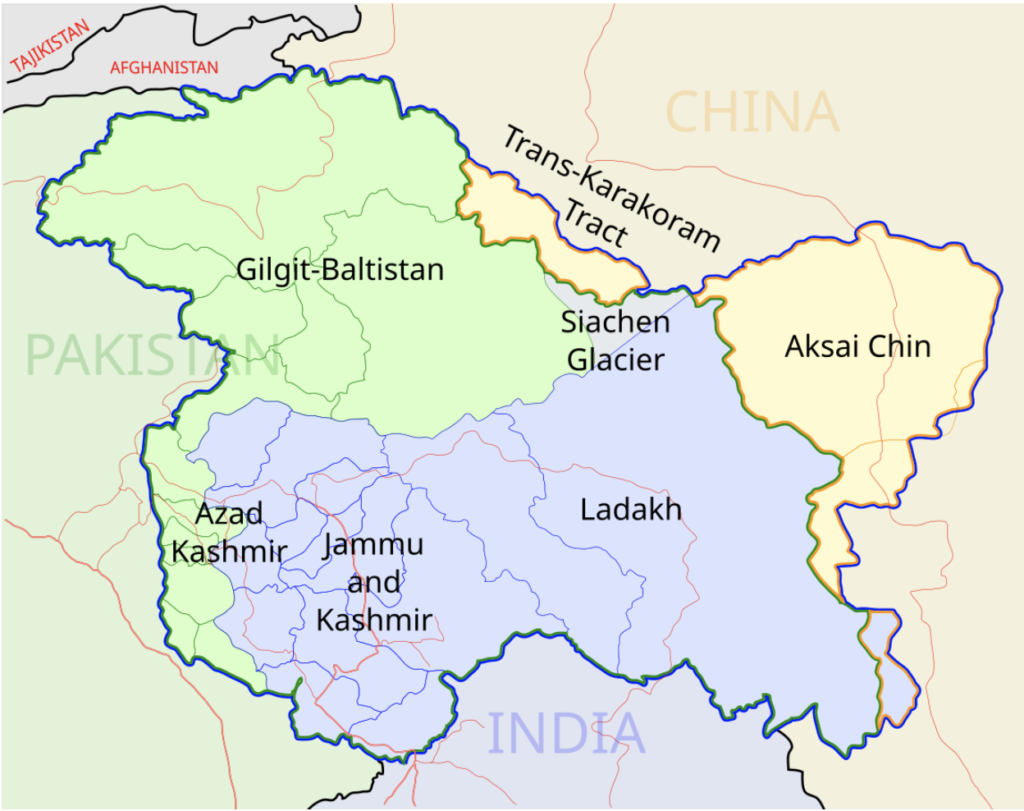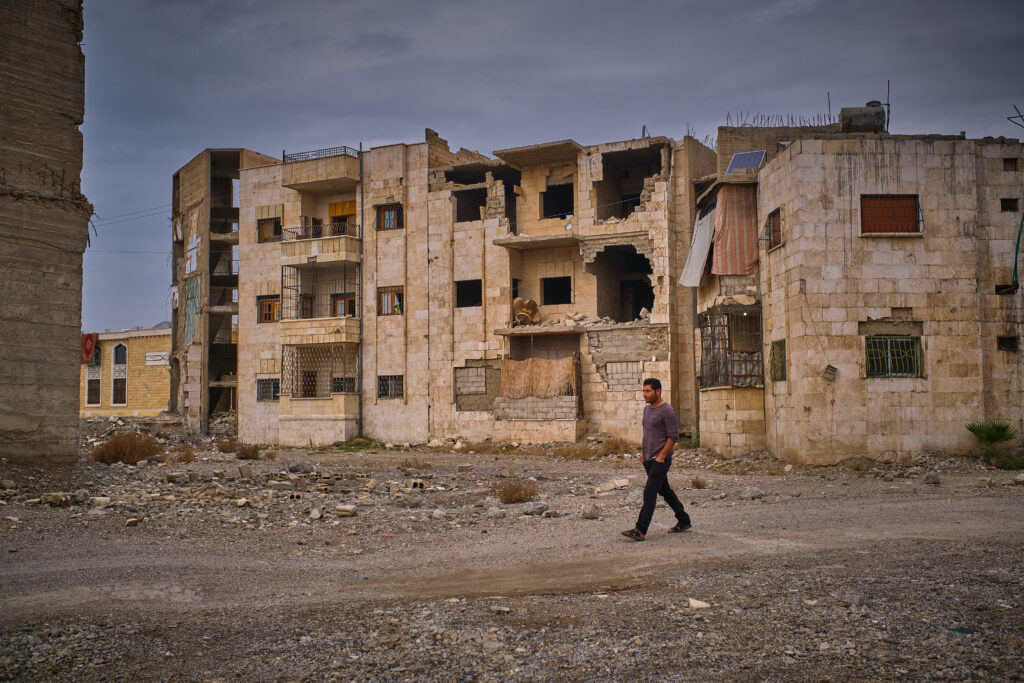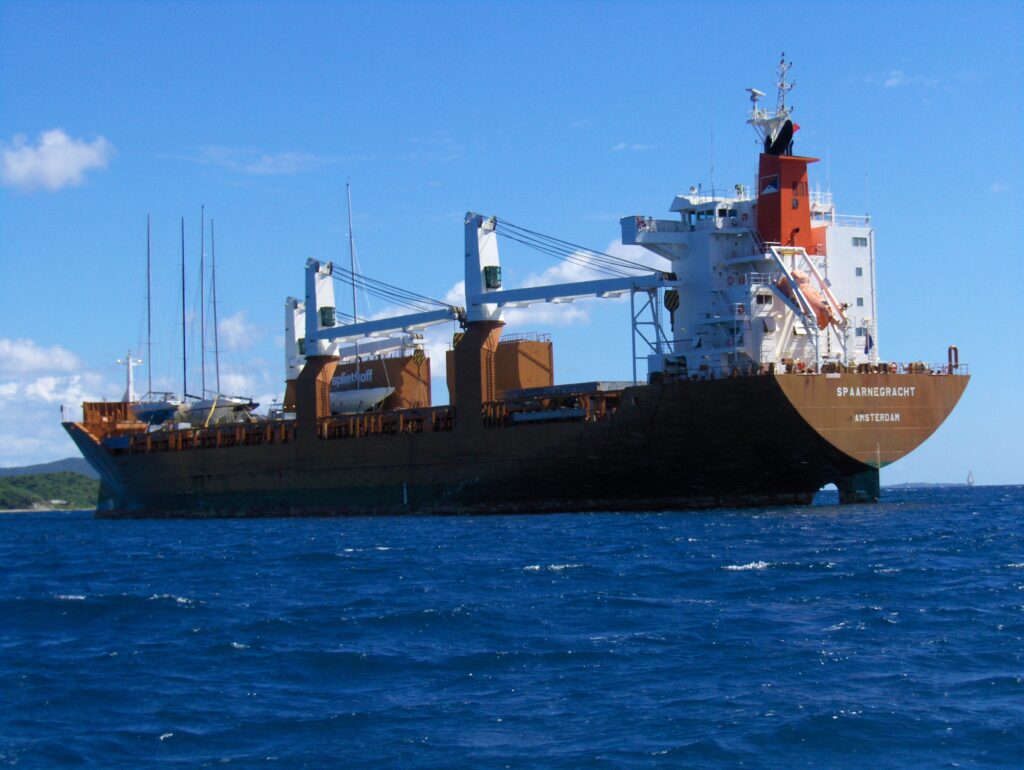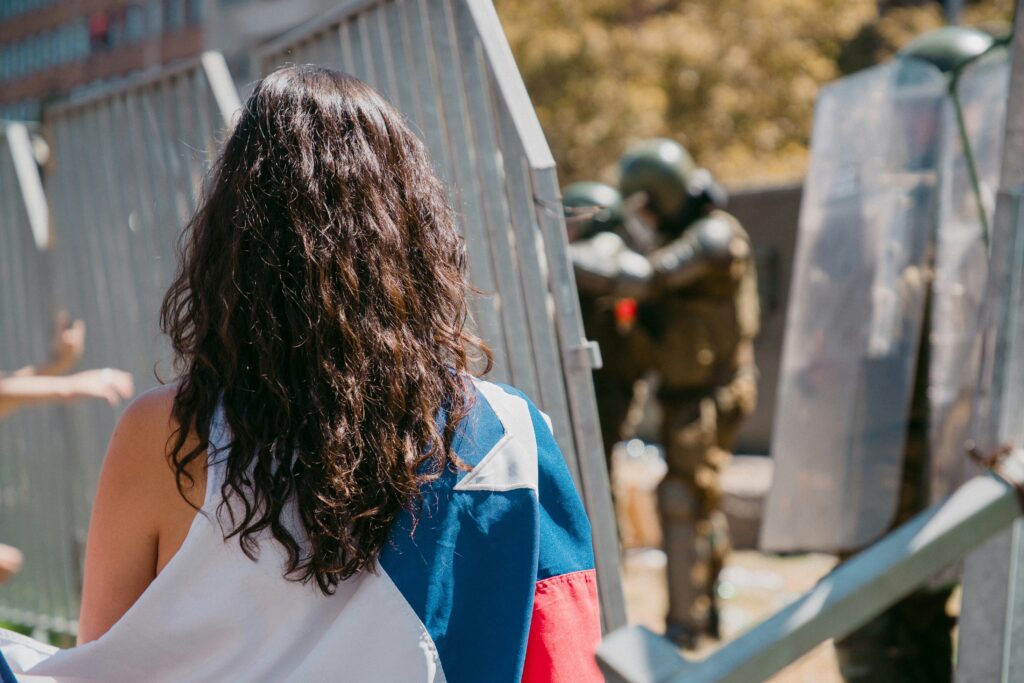by Davide Gobbicchi - Human Security Team
Having illustrated the region’s history and political structure, this second part of the article will look at the solutions to the Kashmir conflict proposed throughout the last decades, and the underlying motivations behind their failure to be adopted.
Solutions to the Kashmir Conflict
The debate around Kashmir has offered three major solutions to the current stalemate:
- Political Independence
A strand of the academic debate around Kashmir has argued that granting the region independence would lift the burden off the shoulders of India and Kashmir (thus the international community) while simultaneously allowing the Kashmiri people to best safeguard their own unique identity. This approach presents two problems:
- Fractured Kashmiri Identity: as mentioned in the first paragraph of this paper, the seven decades of war characterizing Kashmir have greatly consumed the Kashmiriyat and the regional identity resulting from it, polarizing communities and fueling division. Within this context, it is hard - if not impossible - to imagine the Kashmiri people being able to agree on independence and on what country to build afterwards.
- Indo-Pakistani opposition: given Kashmir’s importance to both New Delhi and Islamabad (more of this in the next paragraph), it is even harder to believe that either of the two countries would ever grant its part of the region independence.
2. Formal Partition
Several authors such as Wolpert argue that a formal partition of Kashmir based on the Line of Control between India and Pakistan would be the “most realistic solution”; however, this policy would face two problems:
- Conflicting views regarding partition: while some of India and Kashmir’s major political actors have accepted the current Line of Control as the new Indo-Pakistani border, Pakistan has several times categorically opposed it without providing feasible alternatives, thereby leaving no margin of political dialogue.
- Prerequisites for peace are treated as consequences of future peace: the transformation of the LoC into a soft border, and Kashmir’s demilitarization have for decades been seen as the two fundamental initial steps to be taken towards a conflict resolution in Kashmir. However, despite pressures from the international community, both India and Pakistan refuse to take significant measures in that direction, each waiting for the other to make the first move. Within this strategy adopted by both sides in the conflict, it seems unlikely that a common agreement on Kashmir’s formal partition will be achieved any time soon.
3. Autonomy
The debate on Kashmir’s autonomy has rotated around two kinds of autonomy:
- Separate autonomy: this approach advocates for the establishment of five different autonomous provinces (Kashmir; Jammu; Ladakh; Azad Kashmir; Gilgit-Baltistan) with the following characteristics:
- free access to one another and to/from India and Pakistan;
- individual democratic constitution(s) and legislature for all local issues;
- defense and financial treaties between India and Pakistan for regional defense and foreign affairs;
- a high-level governing body (comprising India; Pakistan and the 5 Autonomous Provinces) for cross-regional issues and demilitarization;
- Joint autonomy: another frequently discussed option, it envisages the creation of a no-borders Kashmir Economic Union with India and Pakistan jointly managing defense and foreign affairs, and the current Line of Control separating the two parts of Kashmir being a mere formality.
Despite this third solution being the most popular and feasible (for it would be the one to best balance Kashmiri desire for autonomy and Indo-Pakistani interests), it nonetheless presents - similarly to the other two solutions previously discussed - two major issues:
- Prerequisites for peace treated as consequences of future peace: (same as in the “formal partition” solution.)
- Indian repression of Kashmiris’ attempts to engage in “political building processes”: the 2019 abrogation (discussed in the previous paragraph) of articles 370 and 35a of the Indian Constitution led to a centralization of power in the hands of New Delhi; this move hindered local forms of political engagement that would have helped India and Pakistan develop solutions to the conflict accepted by the very people living the conflict. The consequent de-legitimacion and de-responsabilisation of Kashmiri civil society drew locals away from official political processes and pushed them towards underground organizations that provided fertile ground to the Islamization and radicalization of society.
As shown in this paragraph, all three major solutions to the Kashmir conflict offered by the international academic debate present problems that make them unfeasible in the short run. These issues are largely the product of Indian and Pakistani unwillingness to compromise, much to the disadvantage of the region’s population. It is by now clear that the limbo in which Kashmir finds itself is nothing but a reflection of the critical nature of Indo-Pakistani relations worsened by their respective national interests. The paper will now turn to this.

Source and link: Wikimedia Commons.
Indo-Pakistani motivations behind the Kashmir conflict
The inability - or unwillingness - to take significant steps towards the resolution of Kashmir’s current state of affairs by both New Delhi and Islamabad conceals deep-rooted interests and discourses on both sides of the conflict: Kashmir’s resource-rich nature and important role as a water supplier make it vital for both countries’ economy. From a geopolitical point of view, the region serves as a bridge connecting South Asia to Central Asia and China, constituting a major economic corridor for both India and Pakistan. Apart from these obvious reasons, Kashmir plays a bigger role in both countries’s identity; let us analyze each of the two nations’ point of view:
- India’s discourses and interests in Kashmir: there are three major motivations behind New Delhi’s desire to control Kashmir:
- Muslim Kashmir as a confirmation of India’s pluralist and secular federalism: Kashmir gradually became the symbol of India’s secular side of the political debate, which saw the region’s internal and external diversity as the alternative to hindu-nationalism.
- Avoid the Balkanisation of the country: granting Kashmir independence would in turn foment nationalisms all over the diverse Indian nation, posing a serious threat to the country’s stability and unity.
- Avoid the radicalisation of the subcontinent: as many analysts claim, an independent (even more Pakistani) Kashmir would likely become a safe haven for islamic fundamentalism, which would then easily spill into India fomenting religious radicalism (islamic in action, hindu in reaction).
- Pakistan’s discourses and interests in Kashmir: similarly to India, we find three main reasons for the country’s claims on Kashmir:
- Muslim Kashmir as the last piece in the national unification process: Pakistan gradually came to perceive itself as the homeland in which all muslims of South Asia could unite under one common Islamic Republic; given this self-bestowed identity and role, Kashmir - being the only muslim region of the subcontinent not under Pakistani control - represents the ultimate confirmation of the country’s identity.
- Religious sentiment as a means to ensure national unity: given the complex internal problems currently faced by the country, promoting the narration of a jihad in Kashmir against foreign oppressors could unite the people of Pakistan and distract them from bigger looming problems.
- The Pakistan Army’s major role in the country: the historical importance of the army in Pakistan has given it a great amount of political power; any (quasi) conflict increases the army’s power and legitimacy within society, whereas any stability has the opposite effect. Given the army’s weight in the decisions of Islamabad, it is no wonder that the government has so far promoted a policy of destabilization across Kashmir.
Conclusion
As this paper has shown, Kashmir is a complex region with a unique history and identity. Despite the erosion of Kashmiriyat tolerance and the rise of religious fundamentalism caused by seven decades of war, this identity still exists and should not be ignored by Indo-Pakistani processes of national homogenisation; it should rather be given voice to by official political channels, so as to avoid the proliferation of alternative violent forms of civic engagement - namely terrorism. Granting the region autonomy (as mentioned in the third solution of the third section of this paper) could be a mean to avoid this; however, given Kashmir’s complex political division and the clashing interests and discourses of India and Pakistan, a joint or separate autonomy for the region seems highly unlikely in the short run. While India perceives protests in Kashmir as the product of a Pakistani-backed radical minority, Pakistan sees the turmoils as a natural expression of the popular religious and nationalistic sentiment; consequently, each country believes the other to be the main reason behind the continuation of the conflict, and itself as the only solution to it. Given its position, a prolonged destabilization and radicalisation of Kashmir could bear consequences on the larger Asian region; given the nuclear-power status of both India and Pakistan, a worsening of their relations could have repercussions on the larger international community. It is therefore of utmost importance to avoid the crystallization of the conflict. Three important steps could have positive effects in this direction:
- Promote local forms of civic and political engagement (as opposed to India’s abrogation of article 370 and the consequent disruptive effect that it had on Kashmiri society).
- Take concrete actions tackling regional fundamentalism and terrorism (as opposed to Pakistan’s current ambiguity and past sponsorship of major radical islamist groups).
- Promote Indo-Pakistani confidence-building measures to reduce fear and mutual mistrust, thereby creating a channel for communication and ultimately cooperation (as opposed to the historically poor Indo-Pakistani relations characterized by 4 major wars and several clashes).
While the international community has since the failed UN mediation of 1947 always regarded Kashmir as a private issue between the two countries, it is by now clear that India and Pakistan alone are unable - or unwilling - to come to realistic solutions. The international community should then change its approach to Kashmir and act as a mediator between New Delhi and Islamabad in order to ensure the fulfillment of the three policies just mentioned, able to constitute a solid basis from which to later achieve a more ambitious regional autonomy; major actors directly affected by the region’s instability - such as China or Russia - could start working in this direction, consequently dragging the US and the EU (both afraid of leaving the region in the hands of Moscow and Beijing) into the region with the UN supervising cooperation among great powers. The need to change our approach to the Kashmir conflict is drastic and urgent, for it affects not only the region’s stability and security, but that of the international community as a whole.















